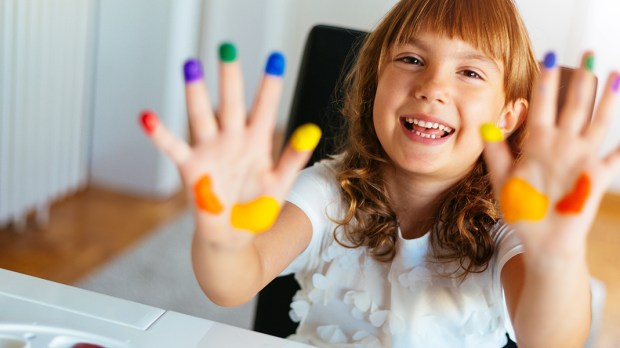It is often said that we are living in an age of distraction. The biggest players in the “attention economy” know that the most valuable and coveted resource on the market is consumers’ attention. There’s so much competition and demand for it that it’s becoming scarce.
This is something that has been noticeable in schools for years now; it’s harder and harder for children to concentrate. However, a similar phenomenon is also occurring in the adult workplace: it’s more and more difficult for people to read long reports or participate in meetings, because their attention span is getting shorter and shorter.
Technology experts with experience in Silicon Valley say that the digital industry is leading an assault on our attention without concern for the consequences. One of the clearest results, broadly speaking, is an exponential increase in the distractions that often disrupt the normal human rhythm of our lives.
This age of distraction is interfering with our children’s learning process, even in their first years of schooling, especially if we aren’t ensuring that their access to screens is appropriately regulated. The American Pediatric Society says that in the first years of life children should have only sporadic exposure to screens at home and at school.
As Maria Montessori (1870-1952) said, we must take care of our children’s innate capacity for attention. She described preschool children’s capacity to focus as polarization of attention.
Under normal conditions, children absorb the reality around them and focus on it, full of wonder at its possibilities. Children will naturally turn their attention to the manipulation of widely varied objects with an almost contemplative attitude, and this is when they truly learn.
It’s important to create an environment that makes this state of flow possible. Among the necessary conditions we must provide are silence; a stimulating environment, without slipping into overstimulation; freedom; and lastly, calm — the children shouldn’t feel rushed. In these conditions, children’s capacity for thought and memory work together, and neuroscientists underline that this is a moment of intense neuroplasticity.
Children, especially up to the age of six, are discovering the world, which constantly surprises them and fills them with wonder at the amazing world that surrounds them. This process is a treasure which must not be lost!
However, this interaction that fills children’s days with gifts of learning and wonder can be impeded. How? When this relationship between the child and the cosmos is interrupted; especially when their interaction with reality is accelerated through images on screens which present an edited, selected, and fragmented version of reality.
It’s all too easy for a cell phone or a tablet to flatten information about reality from three dimensions into two. A television, with the syncopated rhythm of its images, can damage our understanding that real life passes at a slower pace. In this way, children are progressively separated from reality itself to focus on a brighter and more entertaining, but two dimensional, version of the world.
No one is denying the immense possibilities of the digital revolution, of smartphones and tablets. But we have to find a delicate balance, which is difficult to achieve in our current environment.
We as adults are accustomed to distinguishing fiction from reality. Children, however, are just discovering the world, and must not be confused, distracted, or interrupted. We must preserve their cognitive purity as much as possible. Their parents must be models of a life lived with awareness, reflection, and focus. The time for children to explore the internet will come once they have learned to speak fluently, to write with a well-trained hand, and to enjoy reading, in a house well-supplied with books; when they’ve had sufficient time to learn how to enjoy real life, to make real friends, to ride a bike, to play sports, and to enjoy nature.
It might be difficult to specify an exact age when this should happen; individual children mature at different rates. What we can say is that the more time children spend in a school and in a home where they are taught to pay attention in their daily lives, in an environment that promotes silence, concentration, reflection, and reading with comprehension, the more they are prepared to face life in a world that does more and more to distract us. Attention is the new goal of education. And adults, both parents and educators, must go back to creating a calmer world to help children along this path.

Read more:
Guide your children’s screen use with the 3-6-9-12 rule

Read more:
Want a more self-reliant and confident child? Tap into these Montessori secrets at home

